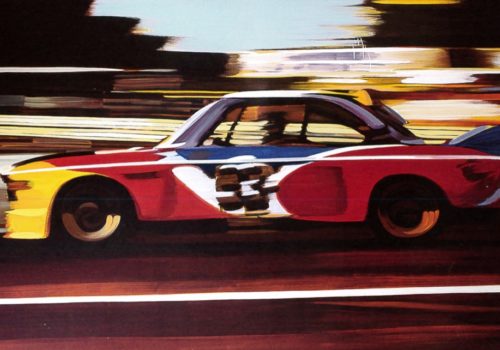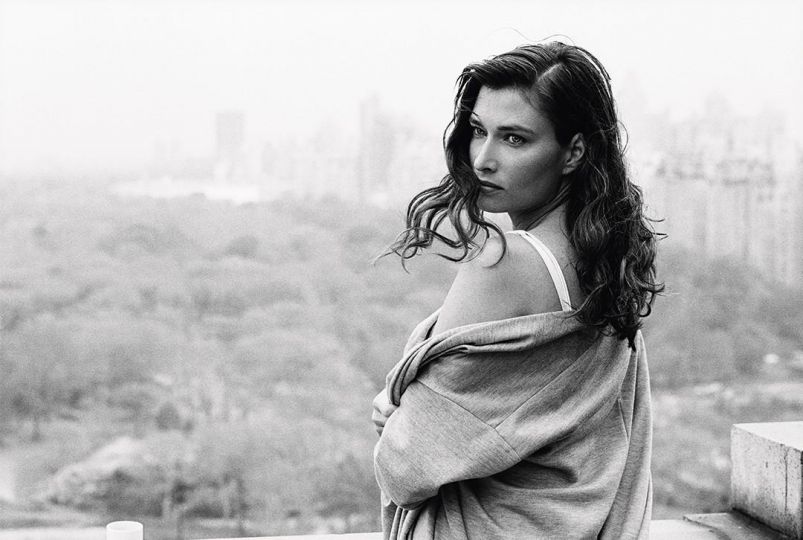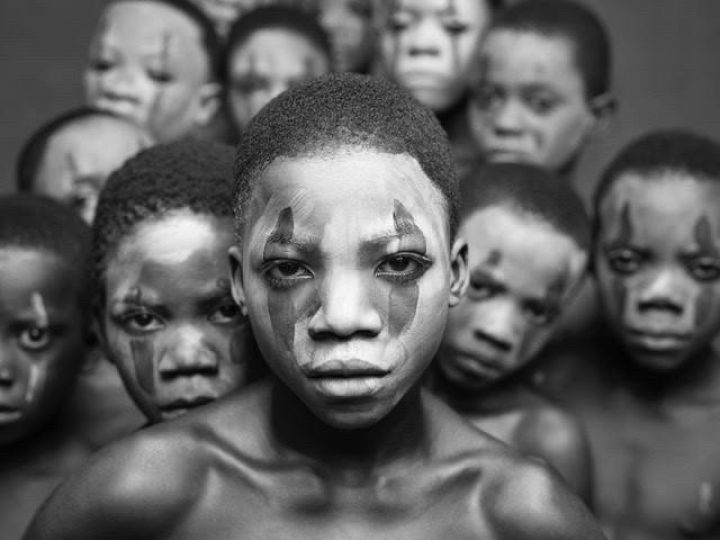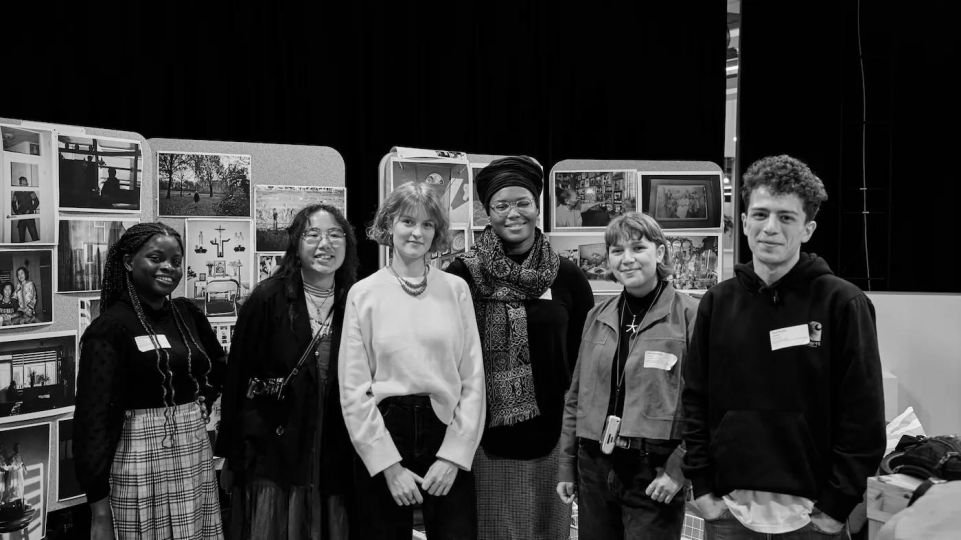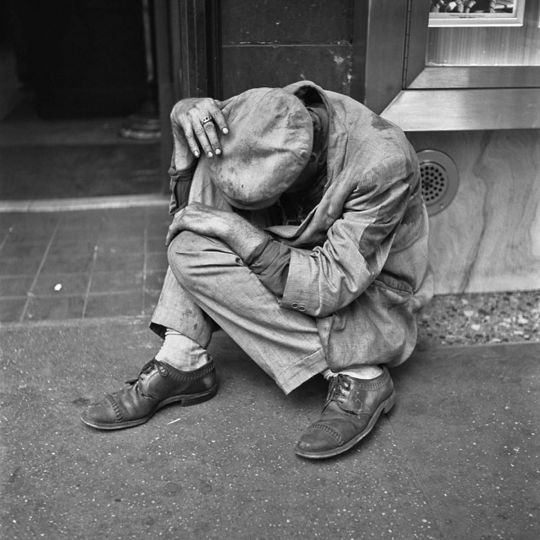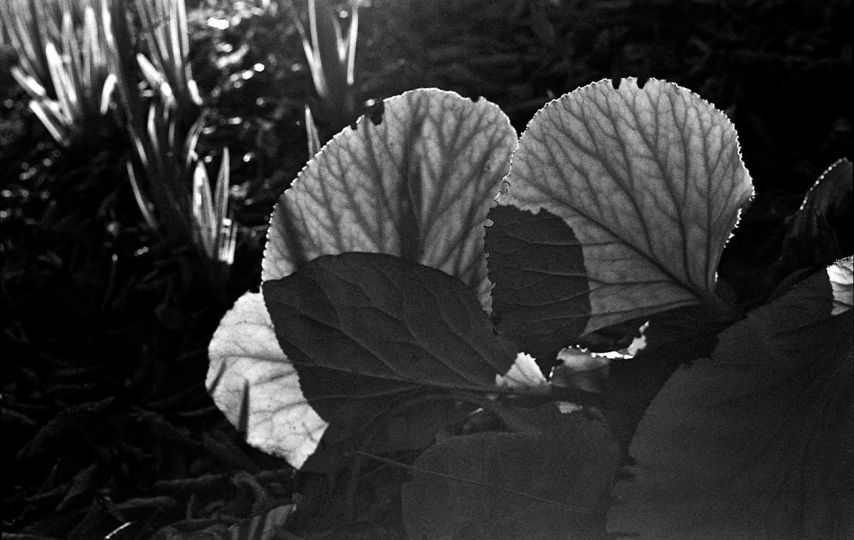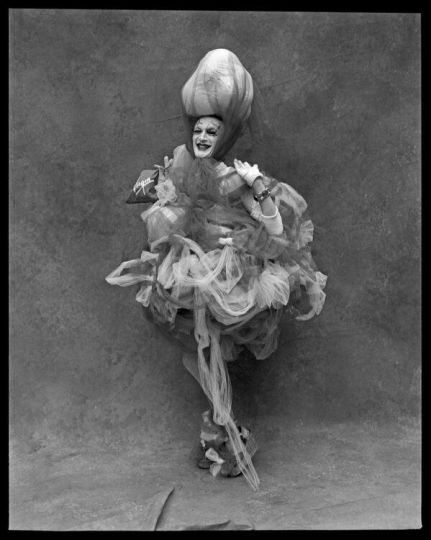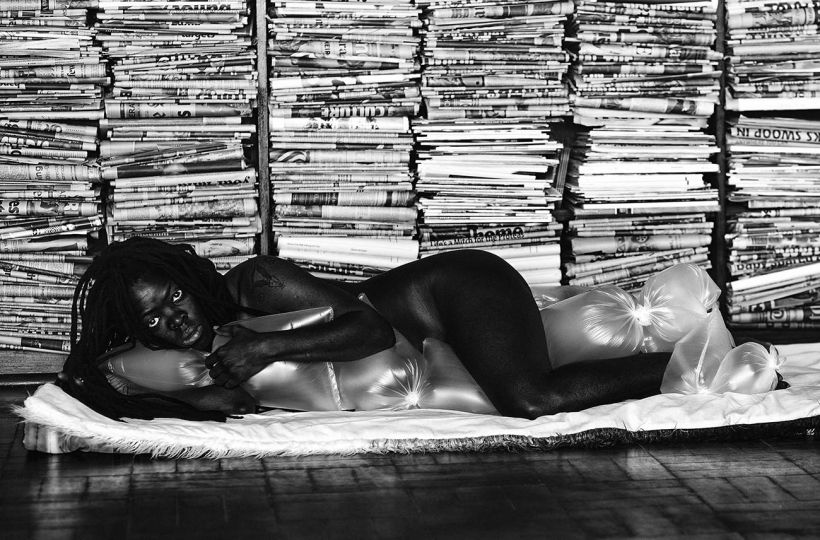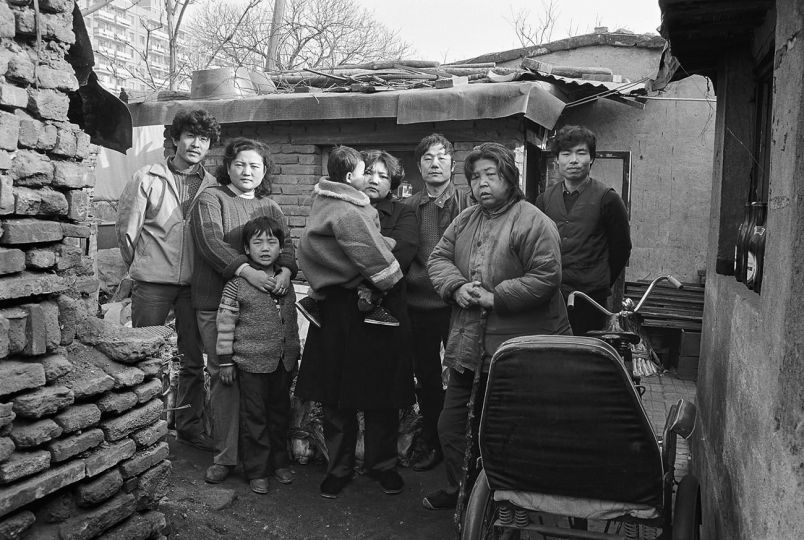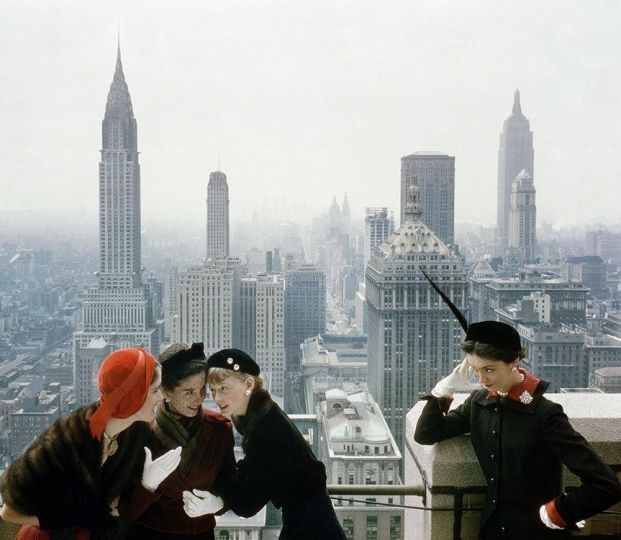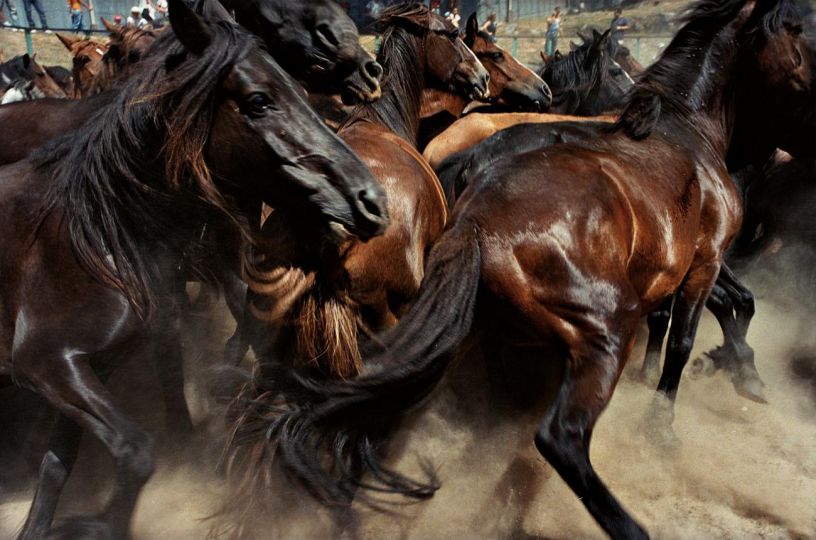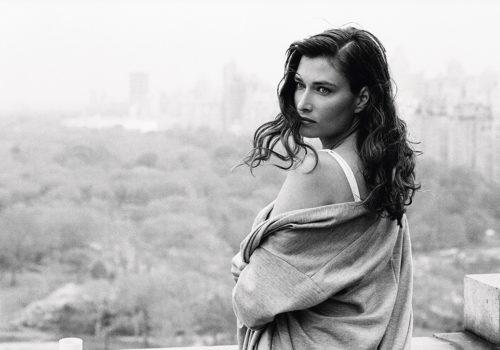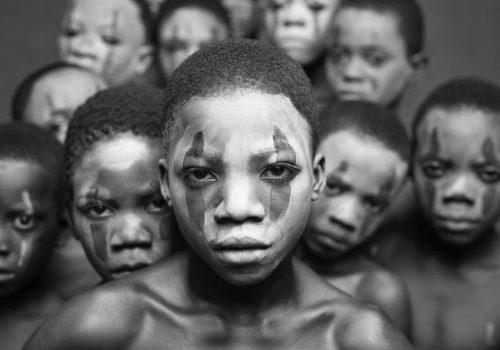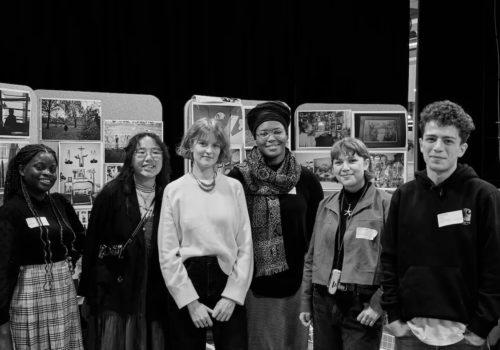From February 21st, the Musée de la Poste is holding a retrospective of the painter Bernard Rancillac in the Espace Niemeyer in the XIX th Arrondissement in Paris. This is an opportunity to (re)discover the richness and diversity of an artist who started out as an abstract expressionist painter in the early 1960s, but who, by 1966, had radically abandoned abstraction and turned to figuration. It was in fact in 1966 that the painter Hervé Télémaque gave him an episcope, a device that can be used to project an image onto canvas, which dramatically changed Rancillac’s relationship to painting.
In 1937, Pablo Picasso decided to paint his masterpiece, Guernica, in black and white, thereby lending a photographic quality to this enormous historical painting. It’s not so much that the painting looks like a photograph—it’s still a Picasso—but it expresses the full reality of the tragedy the way a photographic document, by definition black and white at the time, would have done.
Rancillac takes this desire to objectively portray his times and their shortcomings to another level by deliberately effacing himself as an artist in order to give full weight to the documentary quality of the photographic image reproduced with a paintbrush. In contrast to Guernica, it’s the significance and the choice of colors that truly affirm Rancillac’s images as “paintings.”
The work which opens the exhibition therefore screams color! Peinture pas morte of 1968 is composed of three large panels; the two on the left feature 10 rectangles of solid color (from yellow to purple), while in the center of the panel on the right is the image of a camera painted against a white background. The phrase, “Peinture pas morte” is printed on each panel in black letters. This work is clearly a response to criticisms in the wake of his exhibition L’année 66 at the Blumenthal-Mommaton gallery, where Rancillac showed 24 canvases painted from photographs and inspired by events that had taken place in 1966. Some are quite innocuous, like Le dernier whisky (1966), which uses a sappy image borrowed from some photo novel popular at the time, while others are more serious, like Chez Alberto (1966), which pays an homage to Alberto Giacometti who died that year.
Through their systematic reliance on photographs, and drawing inspiration from diverse registers, which reflected the proliferation of unfiltered information that would only keep accelerating, these paintings angered many art lovers. On the whole, the exhibition L’année 66 represented a visionary approach to “history painting,” addressing the diversity and the importance of photographic images even then delivered as consumer goods and information.
The most spectacular piece in the exhibition, which asserts the union between photography and painting, is no doubt A la mémoire d’Ulrike Meinhof (1978), commemorating a member of the German extreme left-wing group called the Red Army Fraction. The painting is made up of thirteen large panels alternating horizontal images of racecars in motion and vertical views of a prison guard making his way down a long corridor in a nameless high-security prison. The opposition between speed–freedom–horizontality and immobility–confinement–verticality is not only the result of the subject matter, but goes to the very principle of photography which represents accelerating cars through an intensifying lateral blur, whereas the guard’s progress is recorded through a series of chronophotographic images, showing him advance frame after frame, until he is out of sight. The complete series is 40 meters (131 feet) long.
In his work, the painter Bernard Rancillac foregrounds the photographic image as a means of representing his world and his times in color and through painting. He thus becomes a witness to the history of violence (the scenes of torture in Enfin silhouette affinée jusqu’à la taille [Finally a slimmer figure from waist down] (1966); famine in Sainte-mère la vache nº 2 [Holy Mother the cow no. 2] (1972); or the civil war in Belfast (1977)), to the world’s foibles (pornography in La pornographie censurée par l’érotisme [Pornography censored by eroticism] (1969)), as well as to everyday life (the photo novel in Le dernier whisky [The last whiskey] (1966); jazz music in Lady Day (Billie) (2006); or cinema icons in Cinémonde nº9 (1984)).
Analyzing photography from a sociological point of view, Pierre Bourdieu spoke of “middle-brow art”; Rancillac, a friend of Bourdieu, elevates this art through his engagement with history painting even while recognizing photography’s ubiquity in our lives.
Nicolas Baudouin
Nicolas Baudouin is a Canadian visual artist and writer living and working in Paris.
Bernard Rancillac
February 21 to June 7, 2017
Espace Niemeyer
2 Place du Colonel Fabien
75010 Paris
France

